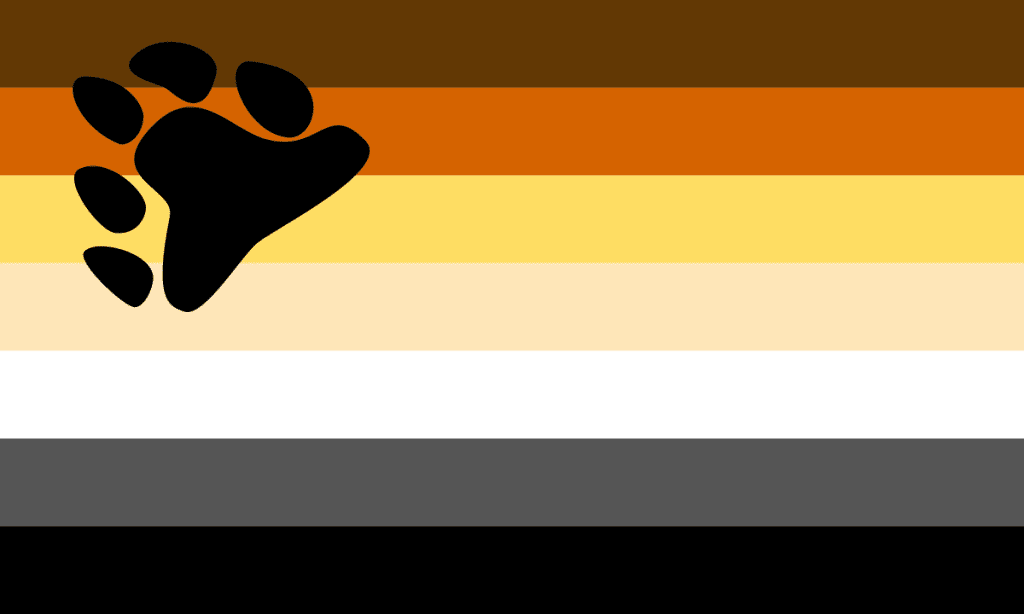The term “bear gay” represents more than just a body type—it’s a celebration of authenticity, confidence, and community. Whether you’re a burly bearded guy, an admirer, or just curious about bear culture, this guide will help you understand its roots, values, and how to dive into this welcoming space.
Table of Contents
Pro Tip: Platforms like Bearwww are designed specifically for bears to connect, chat, and meet in a judgment-free zone.
What Is a Bear Gay? Breaking Down the Identity
A bear is typically a gay man who embraces a natural, rugged aesthetic—think body hair, beards, and a relaxed attitude toward traditional beauty standards. It’s important to understand bear gay identity includes wonderfully diverse individuals:
✅ Key Traits of Bears:
- Body Positivity: All sizes are celebrated, from cubs (younger/slimmer bears) to muscle bears.
- Style: Flannel shirts, leather gear, or casual wear—it’s about comfort and self-expression.
- Values: Inclusivity, camaraderie, and rejecting “mainstream” gay stereotypes.
🚫 Myths Debunked:
- “Bears must be older or heavyset.” → False! The community includes all ages and body types.
- “It’s just about looks.” → Bears prioritize personality and connection over appearances.
History of Bear Culture
Origins (1980s–90s)
The bear movement began as a rebellion against the hyper-groomed, gym-centric gay scene. Early bear bars like San Francisco’s Lone Star Saloon became safe havens for men who didn’t fit the mold, allowing the bear gay identity to flourish.
Bear Nation Documentary
Malcolm Ingram spotlights gay men who are attracted to bigger, hairier guys—far removed from the air-brushed ideals flaunted in glossy magazines and underwear ads. From “bear runs,” the bear community’s answer to circuit parties, to men proudly embracing their own bodies (beer bellies and all), Bear Nation shows that love genuinely comes in every shape and size.
Modern Bear Culture
- Global Events: Bear Pride festivals (e.g., Berlin Bear Week, Montreal Bear Weekend).
- Symbols: The bear flag (brown/black stripes) and terms like “otter“ (slim/toned bears).
Language, Slang, and Internal Codes
Bear culture thrives on playful, evolving vocabulary:
- Categories: Bear, Cub, Otter, Chaser, etc.
- Other Terms: “Bear bar,” “bear run” (for weekend events), “woof” (a friendly compliment).
This lexicon both marks belonging and offers newcomers tools for self-identification in the bear gay world.
Bear Pride Flag: Meaning & Colors
Created in 1995 by Craig Byrnes—himself an avid participant in bear culture and a university researcher on the topic—the Bear Pride flag offers a symbol uniquely for the bear community. Byrnes felt bears deserved a distinct emblem, so he crafted one that would celebrate their variety.
The design features seven horizontal stripes shaded in brown, tan, gold, white, and black. This gradient reflects the wide spectrum of bear identities and underscores the culture’s inclusive spirit. A bear paw in the upper-left corner completes the flag, echoing the small heart found on the Leather Pride flag.
The Bear Brotherhood Flag
- Design: Horizontal stripes of different “fur” colors and a bear paw, symbolizing diversity and unity.
- Use: Displayed at events, online, and in venues to signal safe, welcoming spaces.

💡 Did You Know? The first Mr. Bear contest was held in 1987—a milestone for visibility!
How to Join the Bear Community
a. Embrace the Mindset
- Be Authentic: No need to “perform” – just be yourself.
- Engage Online: Follow hashtags like #gaybear or join Bearwww’s forums for advice and camaraderie within bear gay spaces.
b. Where to Meet Other Bears
| Platform/Place | Why It’s Great for Bears |
|---|---|
| Bearwww | A dedicated app for bears to connect seriously. No swiping—just real profiles. |
| Bear Bars | Try The Eagle (global chain) or Bear’s Den (local spots). |
| Bear Events | Look for Bear Runs (hikes) or Bear Week parties to immerse yourself in bear gay culture. |
Tips for New Bears
- Own Your Look: Rock that beard or flannel with pride.
- Attend a Meetup: Check Bearwww’s event listings for local gatherings to connect with bear gay peers.
- Respect the Vibe: The bear scene thrives on mutual respect—no body shaming!
FAQ (Quick Bear Basics)
Q: What’s the difference between a bear and a cub?
→ A: Cubs are younger or less burly but share the same values.
Q: Can trans men or non-binary folks be part of the community?
→ A: Absolutely! Many groups explicitly welcome all LGBTQ+ identities.
Conclusion: Find Your Tribe with Bearwww
The bear community is one of the most inclusive spaces in queer culture—a place where authenticity reigns supreme. Ready to dive into bear gay culture?
🚀 Next Steps: